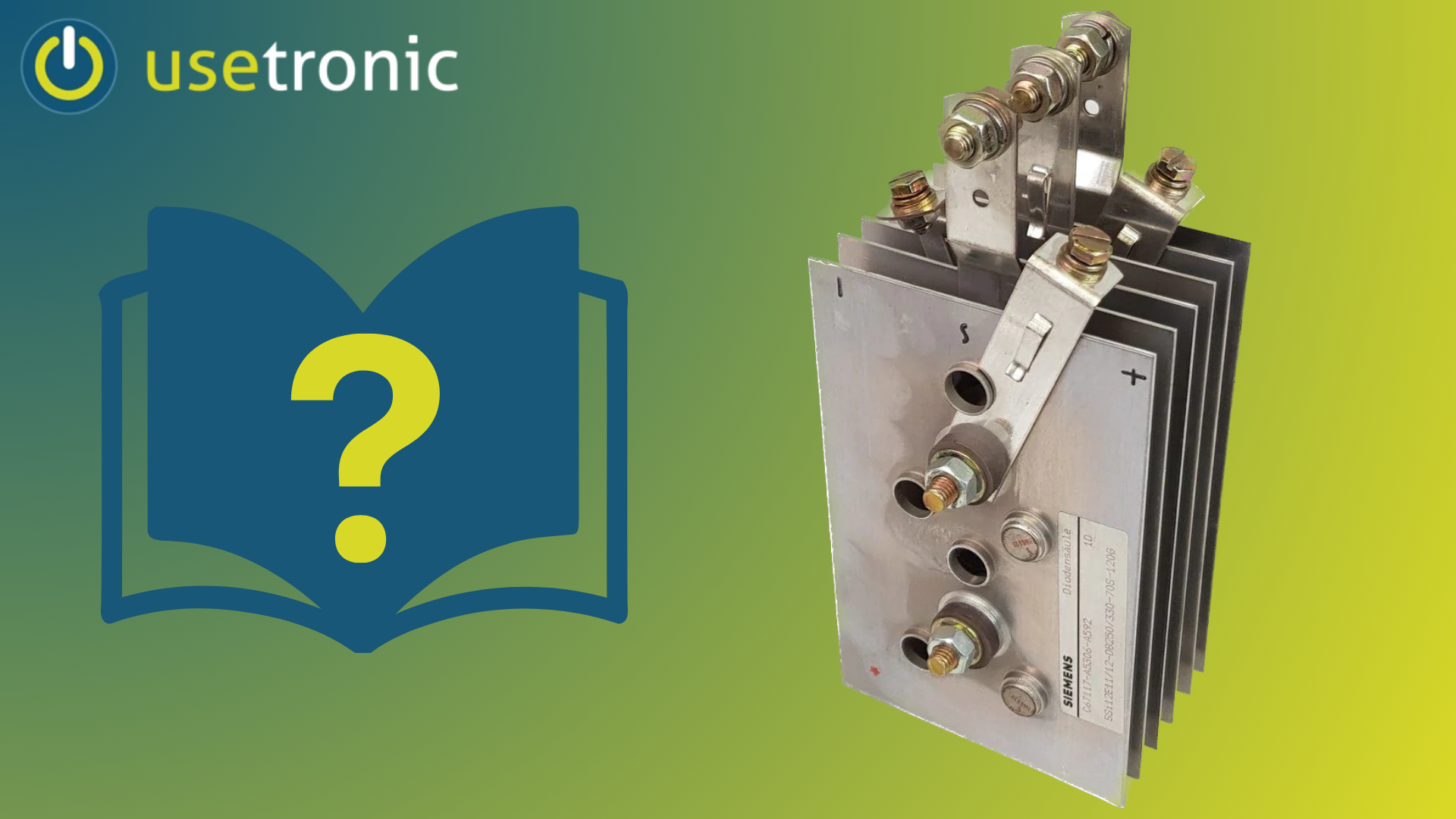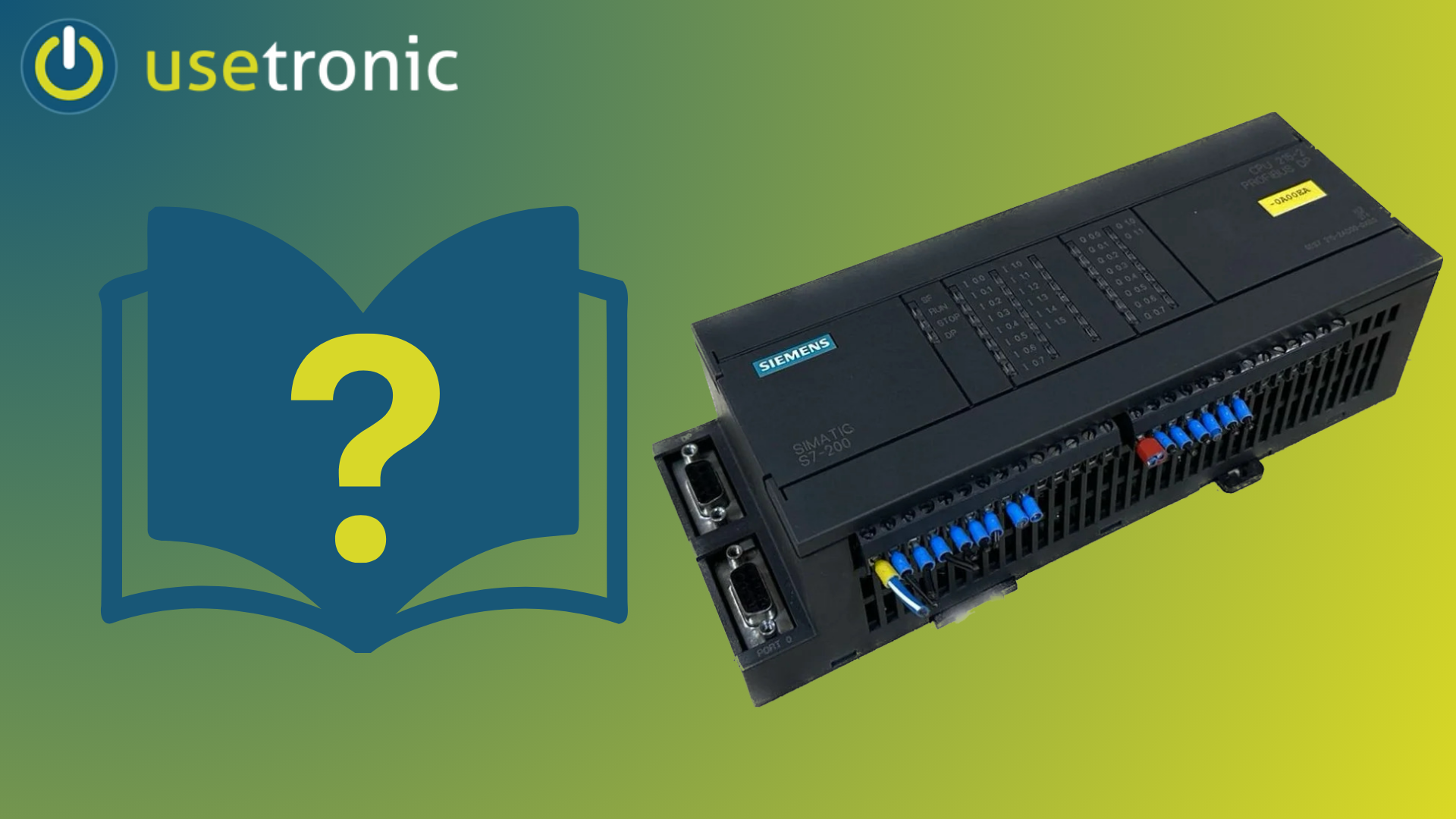Explanation
A rectifier is an electrical component or circuit used to convert alternating current (AC) to direct current (DC). The main purpose of a rectifier is to change the direction of the current so that the current only flows in one direction, thus converting the AC to DC.
Rectifiers are used in a variety of applications including powering electronic devices, computers, cell phones, home appliances, and industrial equipment. They are also an essential part of power supply units that provide stable DC power for electronic components.
There are several types of rectifiers, including:
1. Half-wave rectifier (diode): This is the simplest type of rectifier, consisting of a single diode that allows current to flow in one direction and blocks it in the opposite direction.
2. Bridge Rectifier: A bridge rectifier consists of four diodes arranged in a bridge circuit to allow AC to DC conversion. It is the most common form of rectifier.
3. Switching rectifier (e.g. switching power supply): Switching rectifiers use solid state switches (e.g. transistors) in conjunction with a control circuit to control the rectification process more efficiently and accurately. They are widely used in modern power supply devices.
Rectifiers are crucial to provide a stable DC power supply for electronic devices and systems, thus ensuring smooth and reliable operation.

What use do they have for industry?
In industry, the rectifier has an important meaning because it allows the conversion of alternating current into direct current. Some of the main uses of rectifiers in industry are:
1. Power Supply: Rectifiers are used in power supplies and power supplies to ensure stable DC power supply for electrical and electronic equipment. This is crucial for the smooth operation and safety of industrial plants.
2. Electrolysis: In the chemical industry, electrolysis rectifiers are used to control chemical reactions and recover metals.
3. Electrometallurgy: In metallurgy, rectifiers are used to control the melting process of metals in electric furnaces.
4. Electrochemical processes: In various electrochemical processes such as electroplating, electrolytic etching and electropolishing, rectifiers are used to provide the direct current for the desired reactions.
5. Welding technology: In welding technology, rectifiers are used to provide the direct current for various welding processes.
6. DC Motors: Rectifiers are used to provide the required DC power for DC motors used in many industrial applications.
7. Energy recovery: Rectifiers are used in certain industrial plants to recover energy from braking or other processes and feed it back into the power grid.
The use of rectifiers in industry enables efficient power supply, precise control of electrical processes and the use of direct current for specific applications. They are crucial for the reliability, efficiency and flexibility of industrial processes and plants.




